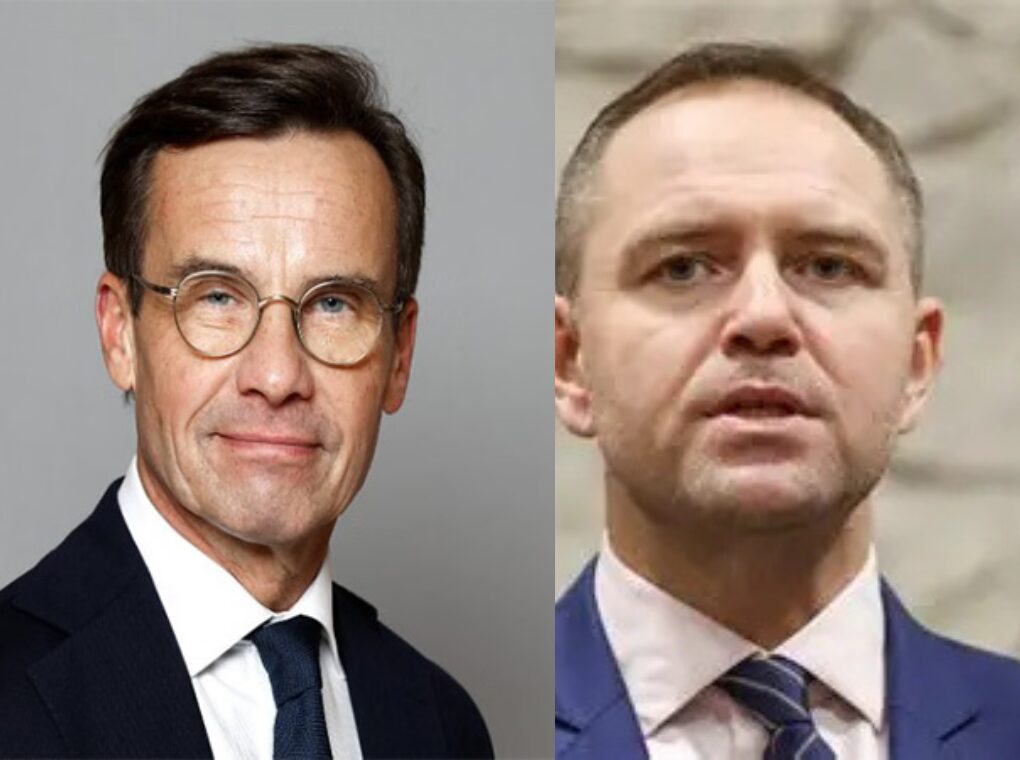The Swedish Island of Gotland, a key strategic outpost in the Baltic Sea, is at the center of joint military exercises this week as Swedish and Polish forces prepare to deter potential threats from Russia amid growing regional tensions. Operation Gotland Sentry brings together paratroopers, coastal missile units, and naval personnel to test the rapid deployment and defensive capabilities of NATO forces in the region.
Described by Swedish Navy Quartermaster Oscar Hannus as “basically like a huge aircraft carrier in the middle of the Baltic,” Gotland’s location makes it a linchpin for controlling vital sea lanes and ensuring the security of nearby Baltic states. Hannus, stationed at the Tofta firing range, highlighted the significance of Sweden’s RBS-15 anti-ship missile systems, which would play a critical role in repelling any seaborne threat to the island.
“The presence of our Polish allies here is crucial,” Hannus said. “We are demonstrating a credible deterrent against any potential aggressor from the East. Gotland’s defence ensures not only Swedish security but also the stability of the entire Baltic region.”
The island, famous for its sandy beaches and scenic landscapes, has taken on increased strategic importance since Russia launched a full-scale invasion of Ukraine in February 2022. Gotland is only 300 kilometers (186 miles) from Russia’s Baltic Fleet headquarters in the Kaliningrad exclave, positioning it within striking distance of one of Moscow’s most formidable military hubs.
“From the island, various long-range missile systems can be used to defend allies while simultaneously deterring Russia,” said Ewa Skoog Haslum, Chief of Joint Operations in Sweden’s navy, speaking at the Tofta shooting range. “Gotland also plays a crucial role in maintaining free supply routes for NATO forces, as well as sustaining civilian maritime traffic, which is vital for the region.”
Sweden, which remained demilitarized on Gotland for decades following the Cold War, has steadily rebuilt its military infrastructure in response to Russia’s increasingly assertive posture. In 2018, the Swedish army reactivated the Gotland Regiment, established ground-to-air missile batteries, and upgraded transport and communications networks on the island. Since joining NATO in March 2024, Sweden can now rely on the support of alliance members to defend both its territory and key strategic outposts like Gotland.
Vice Admiral Krzysztof Jaworski of the Polish Navy emphasized the island’s regional significance. “When you put a missile unit on Gotland, you can secure almost the entire Baltic Sea. Its defence is not just a Swedish concern—it is crucial for every country in the Baltic region,” he said.
Operation Gotland Sentry simulates a variety of scenarios, including rapid deployment of land, sea, and air forces, coordination between allied units, and protection of critical maritime supply lines. The exercise demonstrates NATO’s commitment to defending its northeastern flank and sends a clear signal to Moscow that any aggression in the Baltic Sea will meet a coordinated and robust response.
Military analysts note that Gotland’s strategic value lies not only in its proximity to Kaliningrad but also in its role as a hub for NATO reinforcement operations to Lithuania, Latvia, and Estonia. Control of the island would allow for uninterrupted naval and air operations, safeguarding both civilian and military traffic.
The exercises also highlight a broader shift in Sweden’s defence posture, transitioning from non-alignment to active NATO participation. The integration of Swedish forces into alliance operations reflects a growing emphasis on regional deterrence and readiness, particularly as tensions with Russia persist.
As Operation Gotland Sentry unfolds, the presence of Swedish and Polish forces on the island underscores a unified front in the Baltic, signaling to Moscow and other regional actors that Gotland is prepared to serve as both a shield and a strategic pivot for NATO operations.
